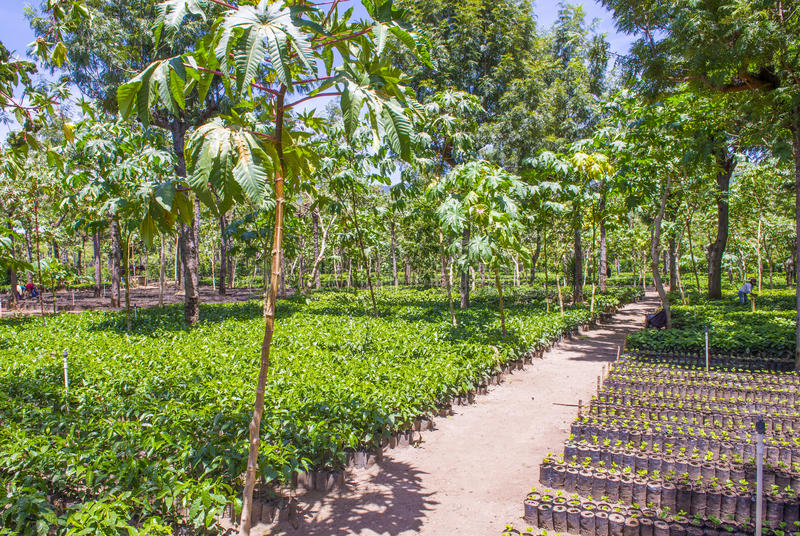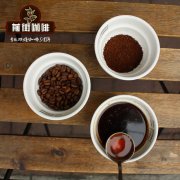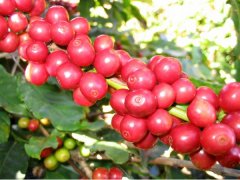Understand coffee, the first step to become coffee powder, beans producing areas, classification, flavor take you into
For professional baristas, please follow the coffee workshop (Wechat official account cafe_style)

The basic type of coffee
Coffee is a daily drink for many people. Living on flat land, it is difficult to see coffee trees growing. Here are some quick summaries of coffee:
Evergreen plants of the genus Coffee of Rubiaceae
The flowers are white and fragrant.
Coffee beans are actually the seeds of coffee.
Sun-dried pulp and peel can be used to make tea, called Cascara Tea, coffee honey fruit tea
The green beans before baking are called "Green Beans".
Because the ripe fruit of most varieties is red, it is commonly known as "coffee cherry (Coffee Cherries)"
Some will produce yellow or orange coffee fruit, and there is a tree with red and yellow varieties.
Depending on the environment and variety, it can be short shrubs, or some grow to 8 meters
Suitable for growing between 30 degrees south latitude and 25 degrees north latitude, especially called "The Bean Belt"
Taiwan has a record of growing coffee in the 19th century, appearing in Hsichih, cold puddles and other places.
Oh, everyone's favorite Arabica.
Coffee can be divided into three main varieties, namely, Arabica (Coffea arabica), Robusta Coffea canephora (Robusta) and Liberia (Coffea liberica).
Arabica is the main force of boutique coffee, suitable for growing at higher elevations, tastes better, is also more delicate, needs care, and is the smallest of the three, so it is also known as small fruit coffee.
Robusta, also known as medium fruit coffee, can grow at a lower altitude, high yield, plain flavor, usually used for commercial purposes, only a very small number of Robusta have the level of boutique. The fruit of Leibiria is super large, which is translated into Chinese as big fruit coffee. It has the ability to resist leaf embroidery disease, which is rare on the market at present.
Varieties and cultivated species
It is speculated that there are thousands to tens of thousands of naturally occurring varieties (Variety) in Arabica, mainly in Ethiopia; at the same time, there are also many artificially screened and cultivated species (Cultivar), which can be thought of as the many branches under Arabica, the former naturally produced and the latter artificially cultivated for a long time.
Native species Heirloom
Generally speaking, farmers may grow more than one variety at the same time, or they may pick out the better varieties for sale. What is more special is Ethiopia. In this country, coffee is mostly wild or semi-wild, growing in fields, backyards, or under forests. What farmers receive is actually a large platter of many different natural varieties, so Yi coffee beans are usually marked as "original species, ancestral species (Heirloom)."
Wild coffee trees like to grow at the bottom of the forest. The tree species that can shade coffee is called "Shade Tree, or Shadow Tree"; such a planting method is called "Shade-grown Coffee". The advantage is that it can reduce the impact on the ecology, and a variety of organisms will also help to suppress diseases and insect pests. In some areas, bananas and other local food crops are used to shade coffee.
Important Notice :
前街咖啡 FrontStreet Coffee has moved to new addredd:
FrontStreet Coffee Address: 315,Donghua East Road,GuangZhou
Tel:020 38364473
- Prev

10 questions about coffee powder at home
Professional coffee knowledge exchange More coffee bean information Please pay attention to coffee workshop (Weixin Official Accounts cafe_style) To drink good coffee at home, there is great knowledge from bean selection, brewing method to coffee appliance. What brewing tools do you need at home? How about coffee types? Why not buy coffee? Here are 10 answers to your questions about making coffee at home: Q: Coffee brews on the market
- Next

Analysis of Ethiopian Beans and Distinction between Characteristic Flavor and Growing Environment
Professional barista exchanges, please pay attention to coffee workshop (Weixin Official Accounts cafe_style) Ethiopia related recommendations Sidamo Guji sun IMPCT public welfare joint light baking, fruity, berry aroma, around the nose sweet and sour, all the proceeds donated to IMPCT social cause preschool education fund Ye Jia Xue Fei Hai La Si Ke Chi sun light baking, lemon, citrus, tea, roasted sweet potato, this
Related
- Beginners will see the "Coffee pull flower" guide!
- What is the difference between ice blog purified milk and ordinary milk coffee?
- Why is the Philippines the largest producer of crops in Liberia?
- For coffee extraction, should the fine powder be retained?
- How does extracted espresso fill pressed powder? How much strength does it take to press the powder?
- How to make jasmine cold extract coffee? Is the jasmine + latte good?
- Will this little toy really make the coffee taste better? How does Lily Drip affect coffee extraction?
- Will the action of slapping the filter cup also affect coffee extraction?
- What's the difference between powder-to-water ratio and powder-to-liquid ratio?
- What is the Ethiopian local species? What does it have to do with Heirloom native species?

